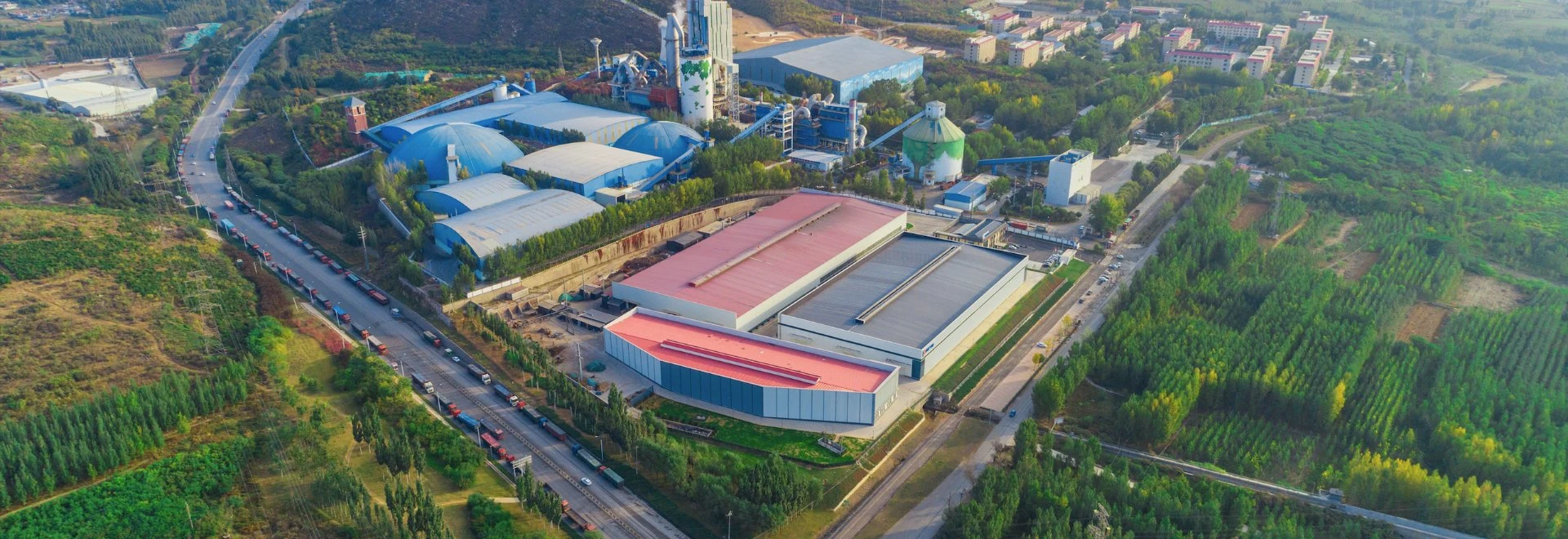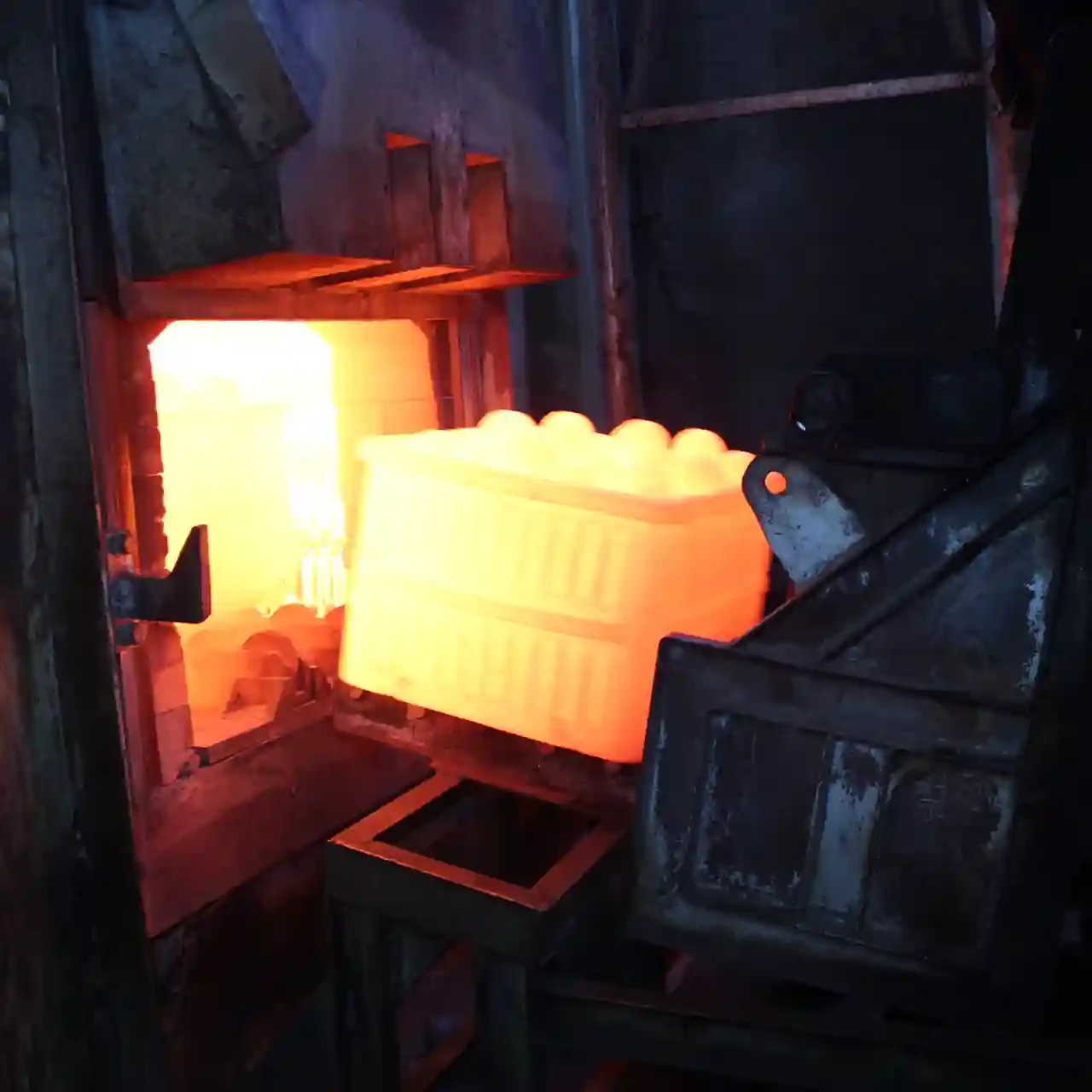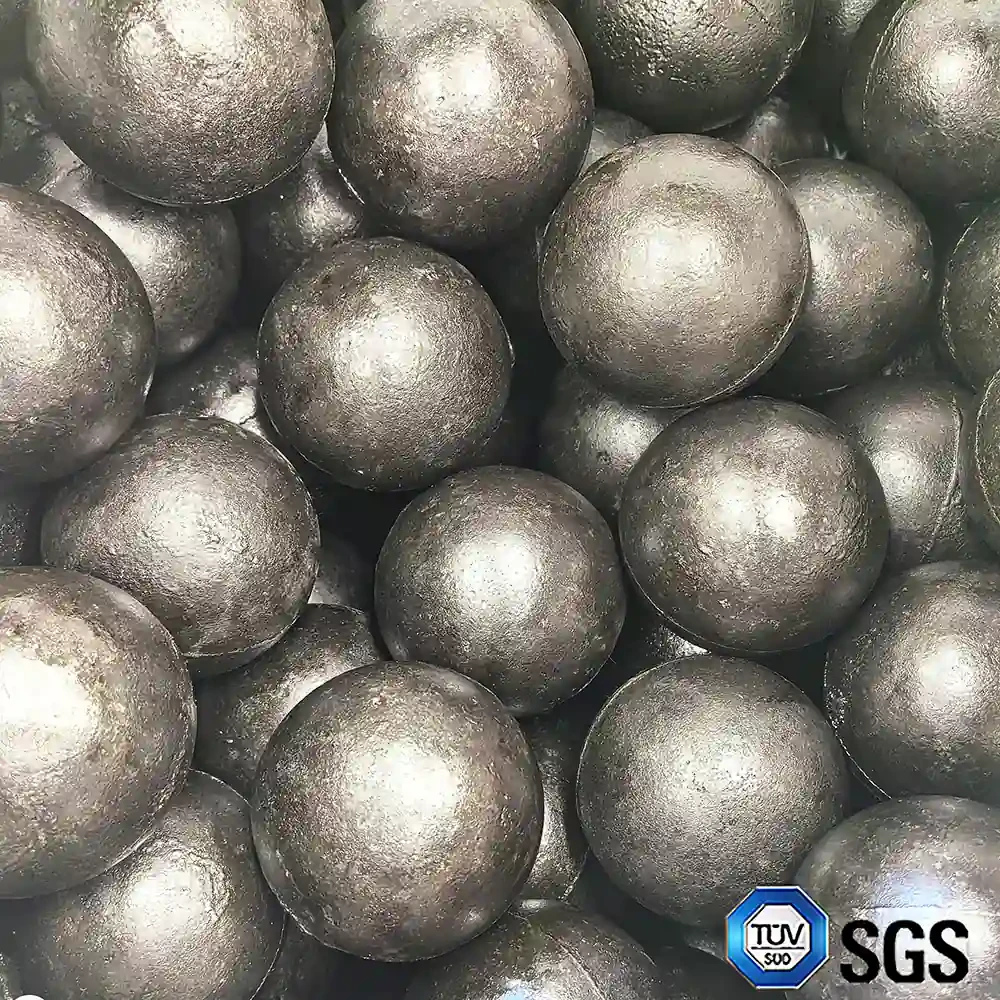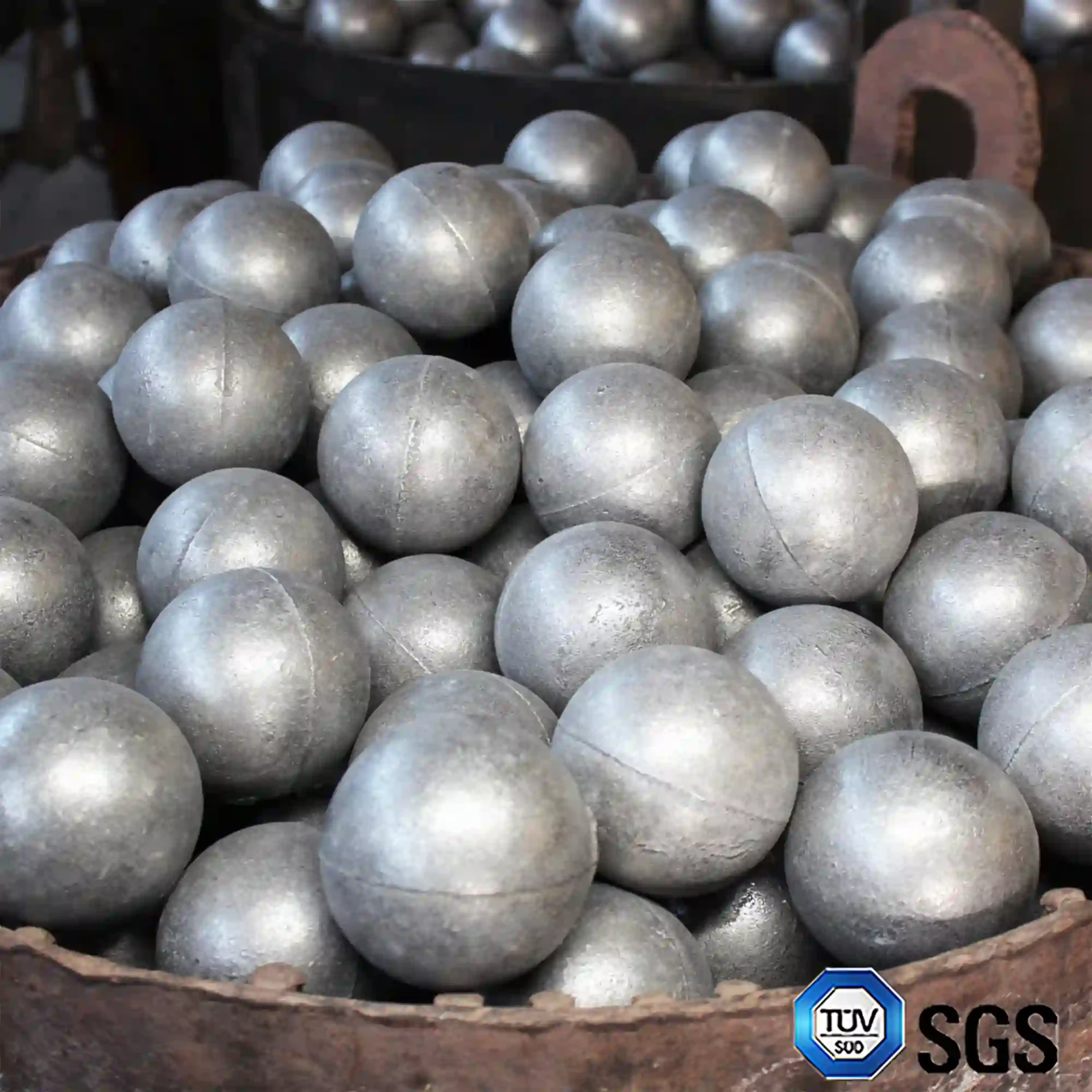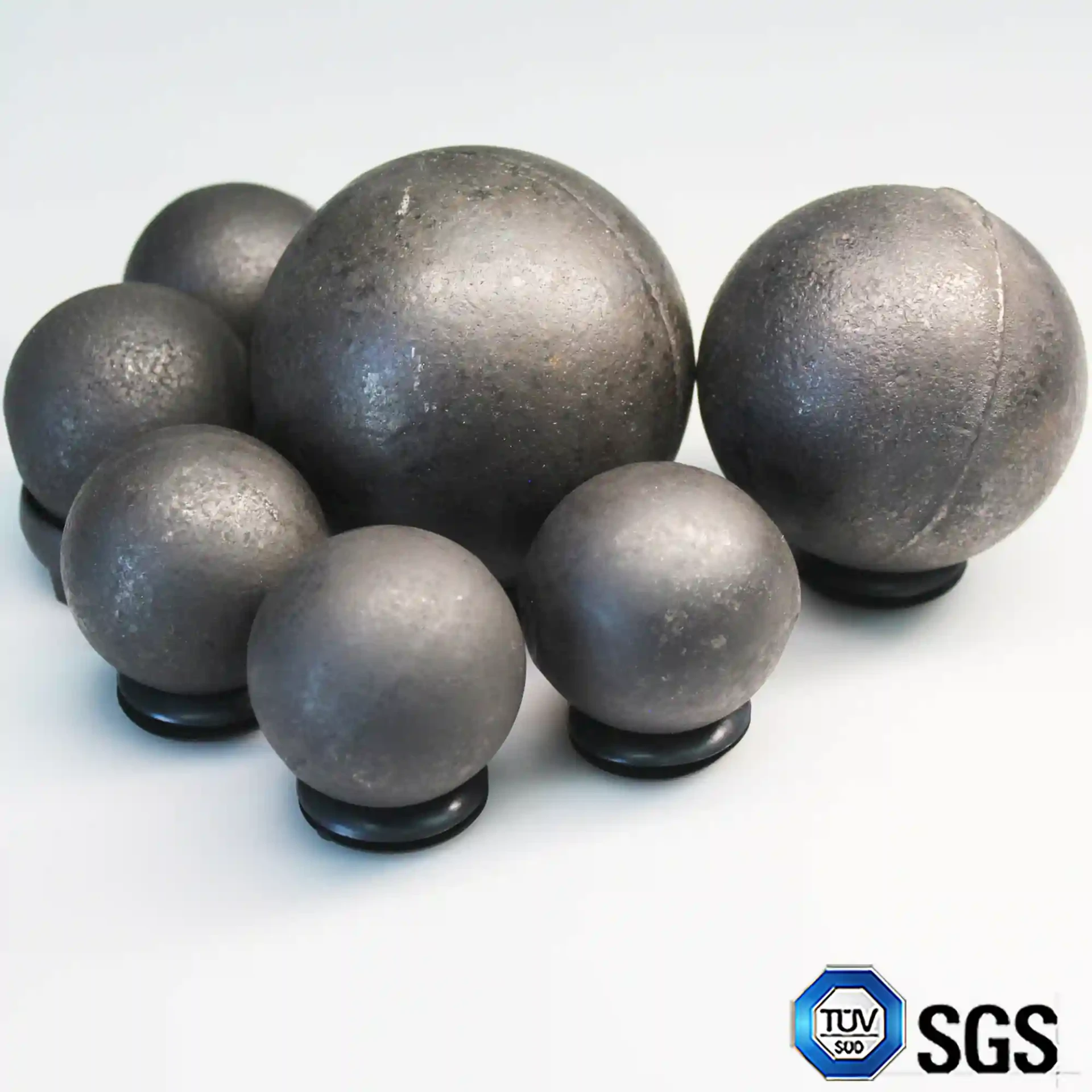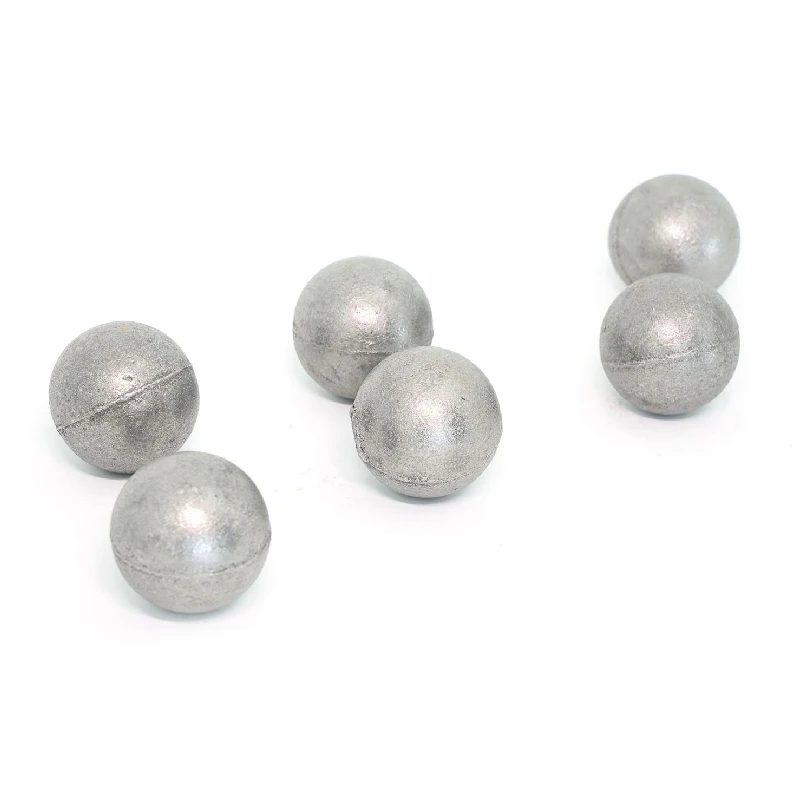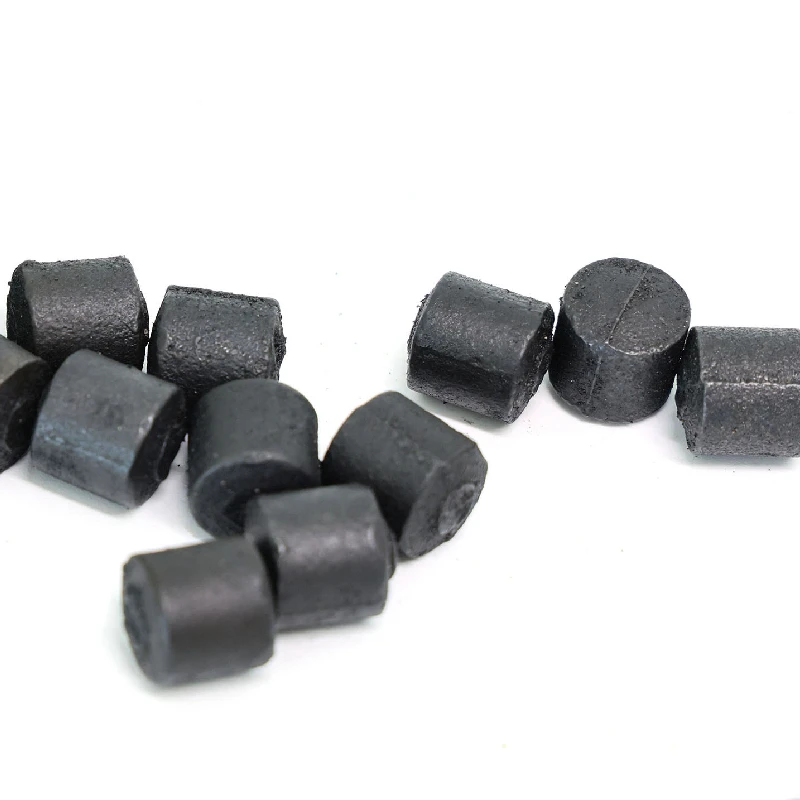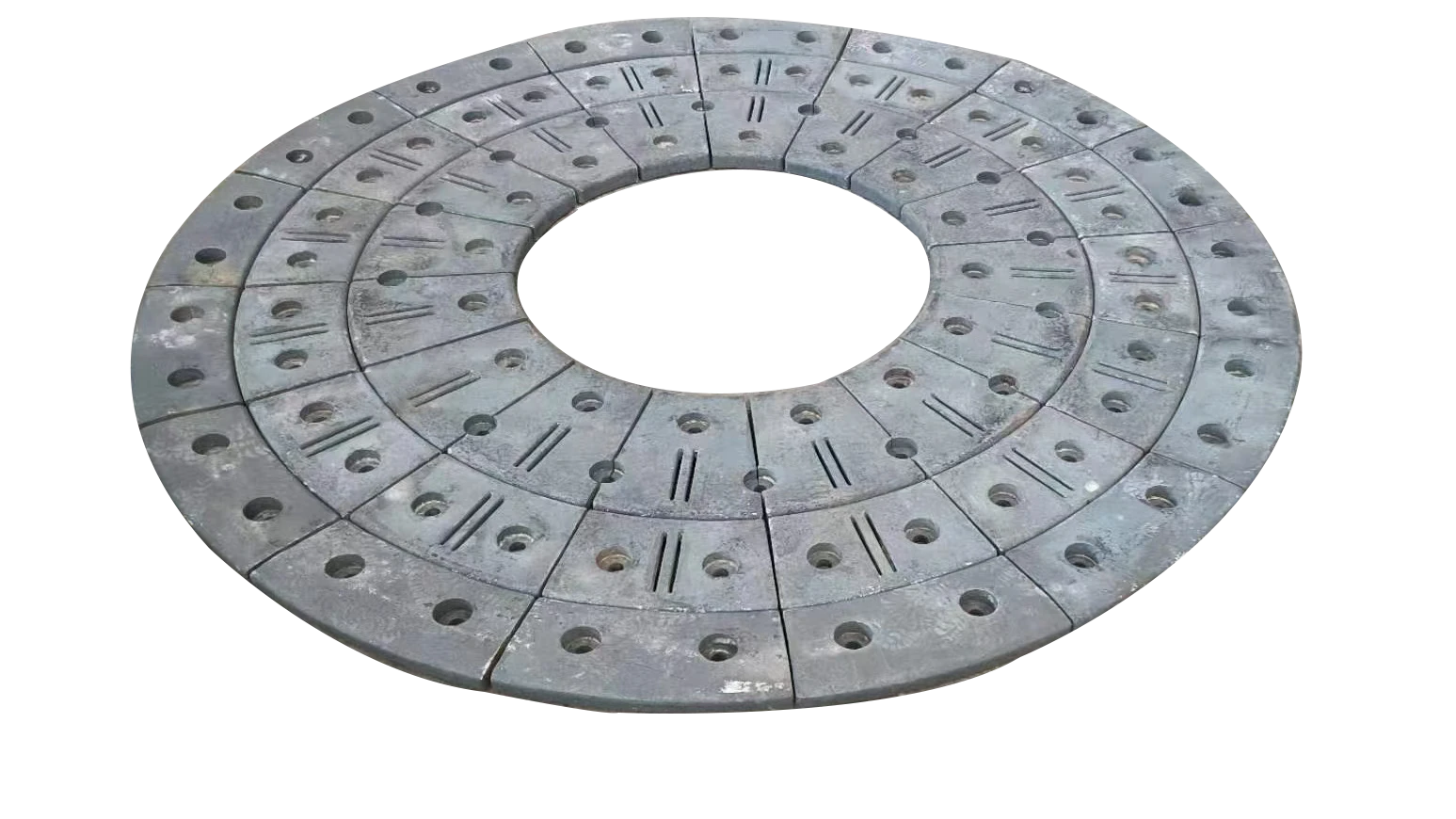Aug . 14, 2025 03:00 Back to list
Manganese Steel Plate: High-Strength & Wear-Resistant
Introduction to High Manganese Steel Plate in Industrial Applications
In demanding industrial environments, material selection is paramount for operational efficiency and longevity. Among the various alloys, manganese steel plate stands out for its exceptional properties, particularly its resistance to impact and abrasion. This makes it an indispensable component in machinery subjected to extreme wear, such as those found in mining, construction, and heavy manufacturing. Understanding the unique characteristics, manufacturing processes, and diverse applications of this high-performance material is crucial for engineers and procurement specialists aiming to optimize their operational frameworks. Our focus here will be to delve into the technical depths of high manganese steel, detailing its composition, fabrication methods, and its role in enhancing the durability and performance of industrial equipment.
Understanding Manganese Steel: Properties and Alloys
Manganese steel, often referred to as Hadfield steel after its inventor Robert Hadfield, is a steel alloy containing 11-14% manganese content. Its distinctive feature is its work-hardening capability: the more it is impacted, the harder its surface becomes, while its underlying toughness remains intact. This property makes it uniquely suited for applications where extreme impact wear is prevalent. Beyond manganese, other alloying elements like silicon manganese or silico manganese are often added to enhance specific properties such as deoxidation, desulfurization, and improved mechanical strength. The synergistic effect of these elements contributes to the material's superior wear resistance, high tensile strength, and remarkable ductility, ensuring a longer service life for components under severe conditions.
Typical grades include ASTM A128 (Hadfield Manganese Steel) and various proprietary compositions. These grades are specifically engineered to provide optimal performance in high-impact environments. The ability of high manganese steel to form a hardened surface layer, while maintaining a tough inner core, differentiates it from other wear-resistant materials. This dynamic hardening mechanism extends component lifespan significantly, reducing the frequency of replacements and minimizing operational downtime.
The Manufacturing Process of Manganese Steel Plate
The production of high-quality manganese steel plate involves a meticulous series of processes, each crucial for achieving the desired metallurgical properties and dimensional accuracy. The journey typically begins with the precise formulation of the alloy, involving melting raw materials like iron, ferromanganese, and silicon in an electric arc furnace. This is followed by casting, where the molten metal is poured into molds to form ingots or directly into continuous casting machines for plates. Subsequent steps involve hot rolling or forging to refine the grain structure and achieve the final plate dimensions. Heat treatment, particularly solution annealing and water quenching, is critical to develop the austenitic microstructure that gives Hadfield steel its unique work-hardening capabilities.
Post-processing often includes precision machining through techniques like CNC (Computer Numerical Control) to meet exact specifications, ensuring optimal fit and performance in complex assemblies. Throughout the entire manufacturing chain, rigorous quality control measures are implemented. These include non-destructive testing (NDT) such as ultrasonic testing and penetrant testing, as well as destructive tests like tensile, impact, and hardness testing. Compliance with international standards such as ISO (International Organization for Standardization) 9001 for quality management and material-specific standards like ASTM (American Society for Testing and Materials) and ANSI (American National Standards Institute) is maintained to guarantee product integrity and reliability. This meticulous approach ensures that each high manganese steel plate meets the stringent performance requirements of its intended application.
Technical Specifications and Performance Data for Manganese Steel Plate
The performance of manganese steel plate is defined by its precise chemical composition and robust mechanical properties. These parameters are crucial for engineers when designing or selecting materials for high-wear applications. Below is a typical data table illustrating the key specifications often encountered for Hadfield manganese steel (e.g., ASTM A128 Grade A), providing a clear technical reference for its capabilities.
| Property | Typical Value / Range |
|---|---|
| Manganese (Mn) Content | 11-14% |
| Carbon (C) Content | 0.9-1.3% |
| Silicon (Si) Content | 0.3-1.0% |
| Yield Strength (unworked) | 350-450 MPa (50-65 ksi) |
| Tensile Strength (unworked) | 800-1100 MPa (116-160 ksi) |
| Hardness (initial Brinell) | 200-250 HB |
| Hardness (work-hardened) | Up to 550 HB |
| Elongation | 30-50% |
This data underscores the material's ability to maintain high ductility even with significant hardening, making it highly resistant to cracking and fracturing under repeated impact. The work-hardening characteristic of high manganese steel ensures that as it wears, its surface becomes harder, providing an extended lifespan compared to conventional steel alloys in abrasive applications.
Diverse Applications Across Industries and Technological Advantages
The exceptional wear resistance and impact toughness of manganese steel plate make it indispensable across a spectrum of heavy industries. In mining and quarrying, it is widely used for crusher jaws, impact plates, and chute liners, where it withstands continuous exposure to abrasive rock and ore. The construction industry benefits from its durability in earthmoving equipment, such as bucket teeth and wear plates for excavators and bulldozers. Within the metallurgy sector, high manganese steel finds application in shot blasting equipment, steel mill components, and grinding mill liners, reducing maintenance frequency and enhancing operational uptime.
Beyond these, its utility extends to the petrochemical industry for components requiring severe abrasion resistance, and in water and drainage systems for robust pump impellers and pipeline linings. The advantages in these typical application scenarios are manifold:
- Extended Lifespan: Significant reduction in replacement cycles due to superior work-hardening properties.
- Cost-Efficiency: Lower maintenance costs and reduced downtime translate into substantial long-term savings.
- Energy Efficiency: Reduced friction and wear can indirectly contribute to energy savings by maintaining equipment efficiency.
- Corrosion Resistance: While primarily known for wear resistance, proper alloying can provide enhanced protection against certain corrosive elements.
- Enhanced Safety: Durable components mean fewer failures, contributing to a safer working environment.
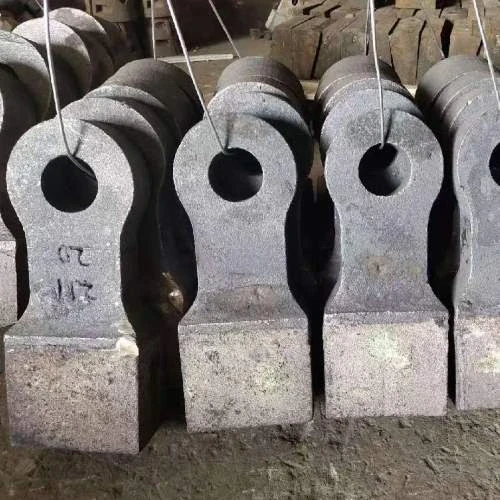
The adaptability and robust performance of manganese steel plate are key drivers for its continued adoption in critical industrial applications worldwide.
Quality Assurance, Certifications, and Custom Solutions
As a leading provider of high-performance industrial components, our commitment to quality is unwavering, forming the cornerstone of our operations. We adhere strictly to international quality management systems, notably ISO 9001:2015, ensuring every manganese steel plate meets the highest standards of manufacturing excellence. Our products undergo rigorous testing and inspection protocols, encompassing both material composition verification and mechanical property validation, often exceeding baseline ASTM and ANSI requirements. With over two decades of dedicated service in the heavy industrial sector, we have cultivated extensive experience in delivering reliable wear-resistant solutions tailored to diverse client needs.
Our expertise extends beyond standard specifications, offering comprehensive custom fabrication services for high manganese steel. Whether it's unique dimensions, specific drilling patterns, or specialized heat treatments, our technical team works closely with clients to develop bespoke solutions that precisely fit their operational demands. This collaborative approach ensures not only optimal performance but also seamless integration into existing machinery, minimizing installation complexities. Our longstanding partnerships with major industry players and consistent positive client feedback underscore our authority and trustworthiness in providing durable and high-value Hadfield steel components.
Frequently Asked Questions (FAQ) about Manganese Steel Plate
-
Q: What makes manganese steel plate ideal for wear applications?
A: Its unique work-hardening property. When subjected to impact or abrasion, the surface of manganese steel rapidly hardens to an impressive degree (up to 550 HB), while the underlying material retains its toughness and ductility, preventing brittle fracture. -
Q: Can manganese steel plate be welded?
A: Yes, but it requires specific welding procedures and filler materials due to its high carbon and manganese content. Preheating, low heat input, and rapid quenching are generally recommended to avoid embrittlement and maintain its properties. Consulting with a metallurgy expert is advisable. -
Q: How does silico manganese or silicon manganese influence the alloy?
A: Silico manganese and silicon manganese are often added as deoxidizers and desulfurizers during steelmaking, improving the cleanliness and mechanical properties of the final alloy. They can also enhance the hardenability and strength of the steel. -
Q: What is the typical lifespan of manganese steel plate in heavy-duty applications?
A: The lifespan varies significantly based on the specific application, intensity of wear, and environmental conditions. However, due to its work-hardening properties, Hadfield steel generally offers a lifespan several times longer than conventional carbon steels in high-impact or abrasive environments, often reducing replacement frequency by 2-5 times.
Delivery, Warranty, and Customer Support
Understanding the critical timelines in industrial operations, we prioritize efficient logistics to ensure timely delivery of your manganese steel plate orders. Our standard delivery cycles are carefully managed to minimize lead times, and we offer expedited shipping options for urgent requirements. Each product delivered is backed by a comprehensive warranty, affirming our confidence in the material quality and manufacturing integrity. This warranty covers material defects and adherence to specified technical parameters, providing our clients with complete peace of mind.
Our commitment extends beyond just product delivery. A dedicated customer support team is available to assist with technical queries, order tracking, and after-sales service. From initial consultation to post-installation support, we ensure a seamless and supportive experience, reinforcing our pledge to long-term client relationships and optimal operational performance of our manganese steel solutions. Your success in overcoming industrial wear challenges is our priority.
Conclusion
The strategic implementation of manganese steel plate is a game-changer for industries battling severe wear and impact. Its unique work-hardening properties, coupled with high initial toughness, make it an unparalleled choice for extending the lifespan of critical components in mining, construction, metallurgy, and beyond. By understanding the intricate manufacturing processes, adhering to stringent quality controls, and leveraging expert knowledge in material science, companies can significantly enhance operational efficiency, reduce maintenance costs, and bolster overall productivity. Investing in high-quality high manganese steel solutions is not merely a purchase; it's a strategic decision that fortifies industrial operations against the relentless forces of abrasion and impact, ensuring long-term resilience and profitability.
References
- ASM Handbook, Vol 1, Properties and Selection: Irons, Steels, and High-Performance Alloys. ASM International, 1990.
- Hadfield, R.A. (1888). Manganese Steel. Proceedings of the Institution of Civil Engineers.
- American Society for Testing and Materials (ASTM) A128/A128M - 19a, Standard Specification for Steel Castings, Austenitic Manganese.
- International Organization for Standardization (ISO) 9001:2015, Quality Management Systems – Requirements.
-
Expert Insights on Fabrica de Molinos de Bolas: Industry Trends & Global Applications
NewsNov.24,2025
-
Expert Insights on Fabricantes de Bolas de Molienda de Acero: Global Applications & Trends
NewsNov.23,2025
-
Leading Fabricantes de Bolas de Molienda: Your Ultimate Guide to Grinding Balls
NewsNov.23,2025
-
Fabricante de Bolas de Molienda – Quality Grinding Balls for Efficient Industry
NewsNov.23,2025
-
Trusted Proveedores de Medios de Molienda for Efficient Industrial Grinding
NewsNov.22,2025
-
Proveedores de Bolas de Molienda: Your Guide to Top Grinding Ball Suppliers & Industry Insights
NewsNov.22,2025
Realted Products

